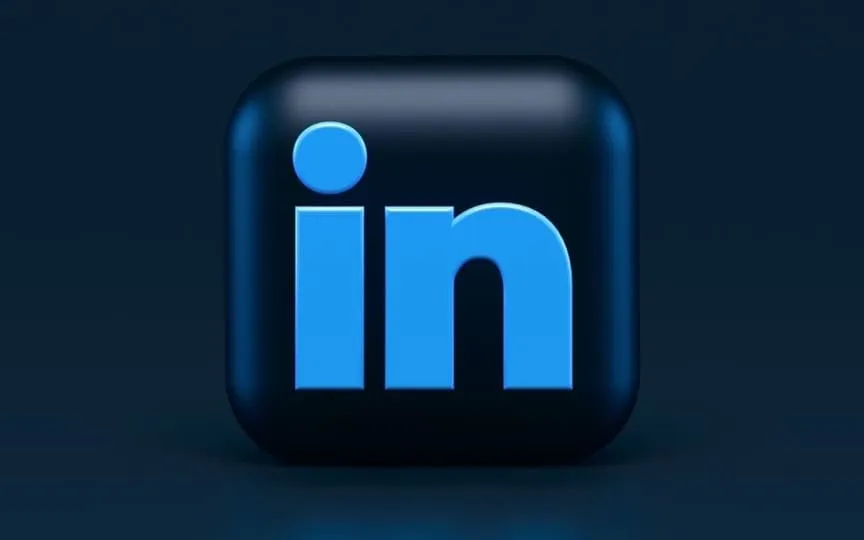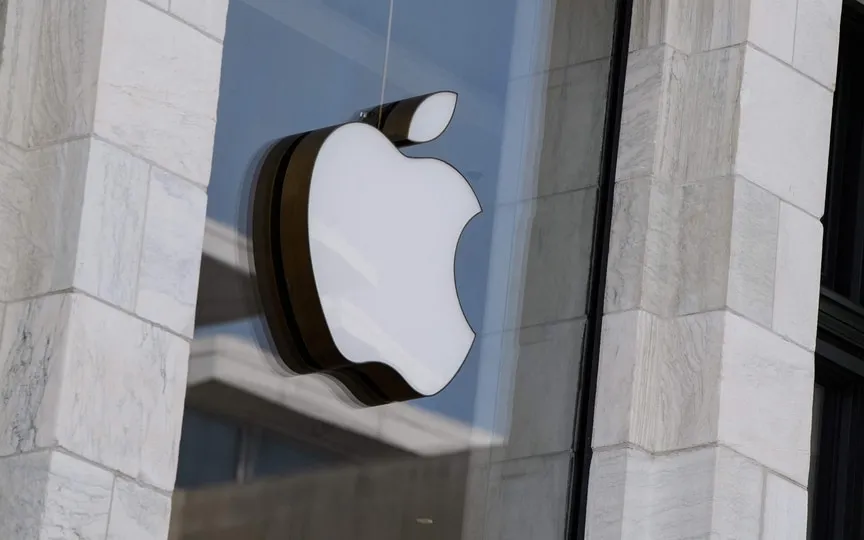Apple Bids Farewell To Intel-Powered Macs With Release Of New Mac Pro
Apple’s transition away from Intel and towards internal hardware for Macs began with the release of the first-gen M1 chipset a few years ago. The recent launch of the new M-series Mac Pro marks the completion of this shift.
Apple has said goodbye to Intel and its Core chipsets, which have been the backbone of Apple Mac systems for over a decade. If you browse Apple’s Mac catalog today, you’ll notice that every model from the MacBook Air to the high-end Mac Pro now uses first- or second-generation Apple M-series silicone.
Tim Cook, CEO, Apple had talked about updating its products to the M series in a short period of time, but even Intel might not have thought the changes would happen some three years after the first M series chip was announced with the MacBook Air. .
Apple has shown that tighter control over hardware and software can pay off handsomely, and the best example of that is the iPhones, where the company has used its A-series chips since the beginning. After all, Apple couldn’t have given you iPhone camera support on a Mac if it was still running on Intel chips.
The introduction of the M-series chip has shown that Apple has gone above and beyond in terms of upgrading Mac hardware in terms of performance improvements as well as excellent battery readings. Apple also showed us that Intel was lagging behind in PC chipset technology and it seemed that the Cupertino-based giant had enough of the partnership and decided to take matters into its own hands.
Going back to the Intel-powered Macs, Apple hasn’t said what’s going to happen to those devices, whether they’ll get OS updates for a few years, or whether Apple has completely changed its support systems for the M-series Mac lineup.
In any case, we recommend that if any of you are still using a Mac with an Intel SoC, it might be time to switch to the M-series Macs, starting with the MacBook Air M1, to ensure that the product continues to receive official updates from the company.




